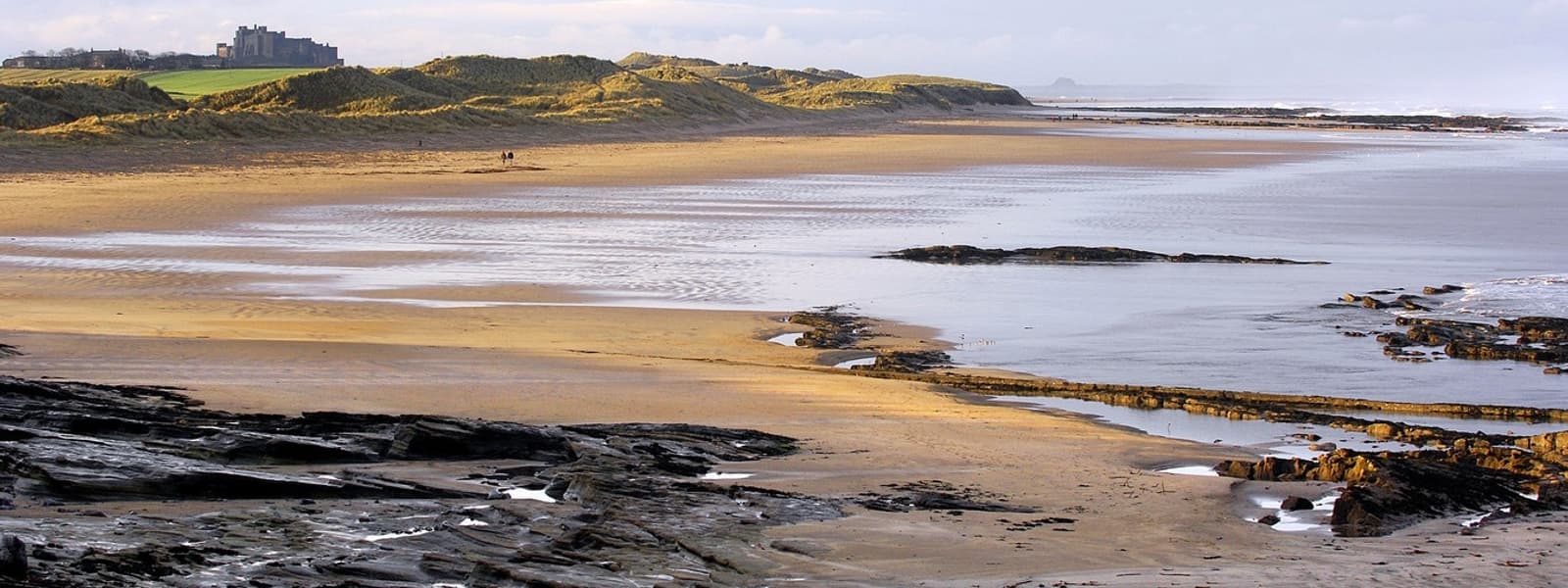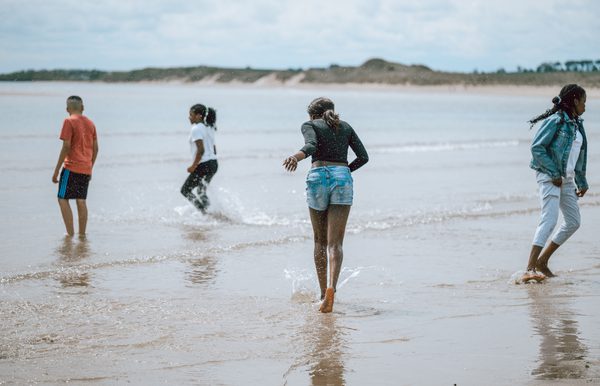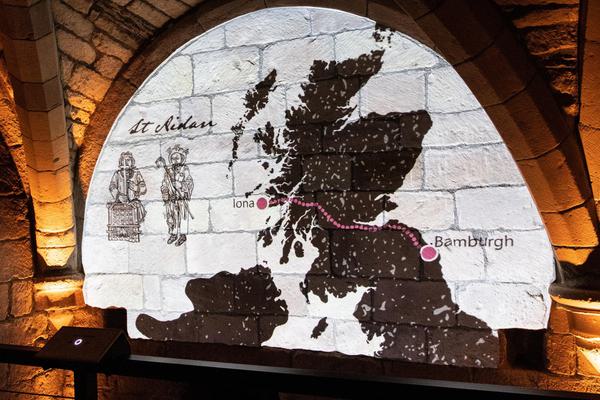Northumberland Coast National Landscape
The Northumberland Coast National Landscape is a narrow coastal strip stretching from Berwick-upon-Tweed to Amble. This bright, wild coast sweeps along some of Britain’s finest beaches and is internationally noted for its wildlife. Soft sandstone and limestone rocks dip gently into the sea to create spectacular long views.
Open miles of beach are backed in places by extensive sand dunes, and the National Landscape takes in the island of Lindisfarne with its intertidal flats, as well as the numerous small islands and rocks of the Farne Islands further out from the coast. Where the coastline is broken by the Whin Sill, ancient black basalt meets the sea in low headlands and rocky coves – a dramatic setting for Bamburgh and Dunstanburgh Castles and shelter for working harbours such as Craster.
Much of the coast is owned or managed by conservation organisations and includes many Sites of Special Scientific Interest. The dunes, marshes and mudflats of the Lindisfarne National Nature Reserve are one of the best sites in Europe for waders and waterfowl and offshore, the Farne Islands are a protected seabird sanctuary. The National Landscape’s dune systems are a particularly fine example of this fragile habitat.
The local rural economy is based on mixed arable farming, livestock fattening and dairying together with fishing. Northumberland Coast National Landscape, with a population of 12,500, includes small ports such as Seahouses and Alnmouth from which some of Britain’s last inshore fleets sail. Tourism plays an important role in the local economy and although the coast is less intensively used than most, it attracts many peak-period visitors, both as a holiday destination and as a day trip from nearby towns and Tyneside. The coast remains relatively undeveloped for tourism, however, and there is no continuous coastal road or footpath running the length of the coast which contributes to and protects its remoteness.









